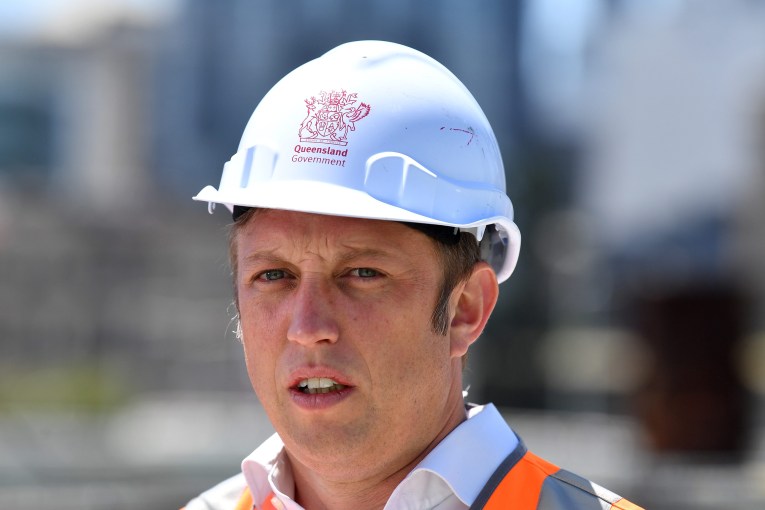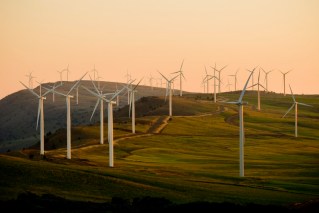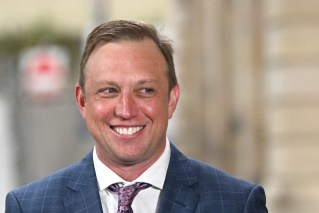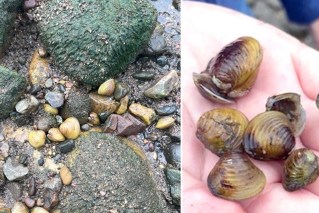Our virus infections on the rise – and why that’s not such a bad thing
Almost half of Australia’s new coronavirus cases have come from overseas, and while infections are rising, the number of tests we’re doing is a sign we’re controlling the virus.
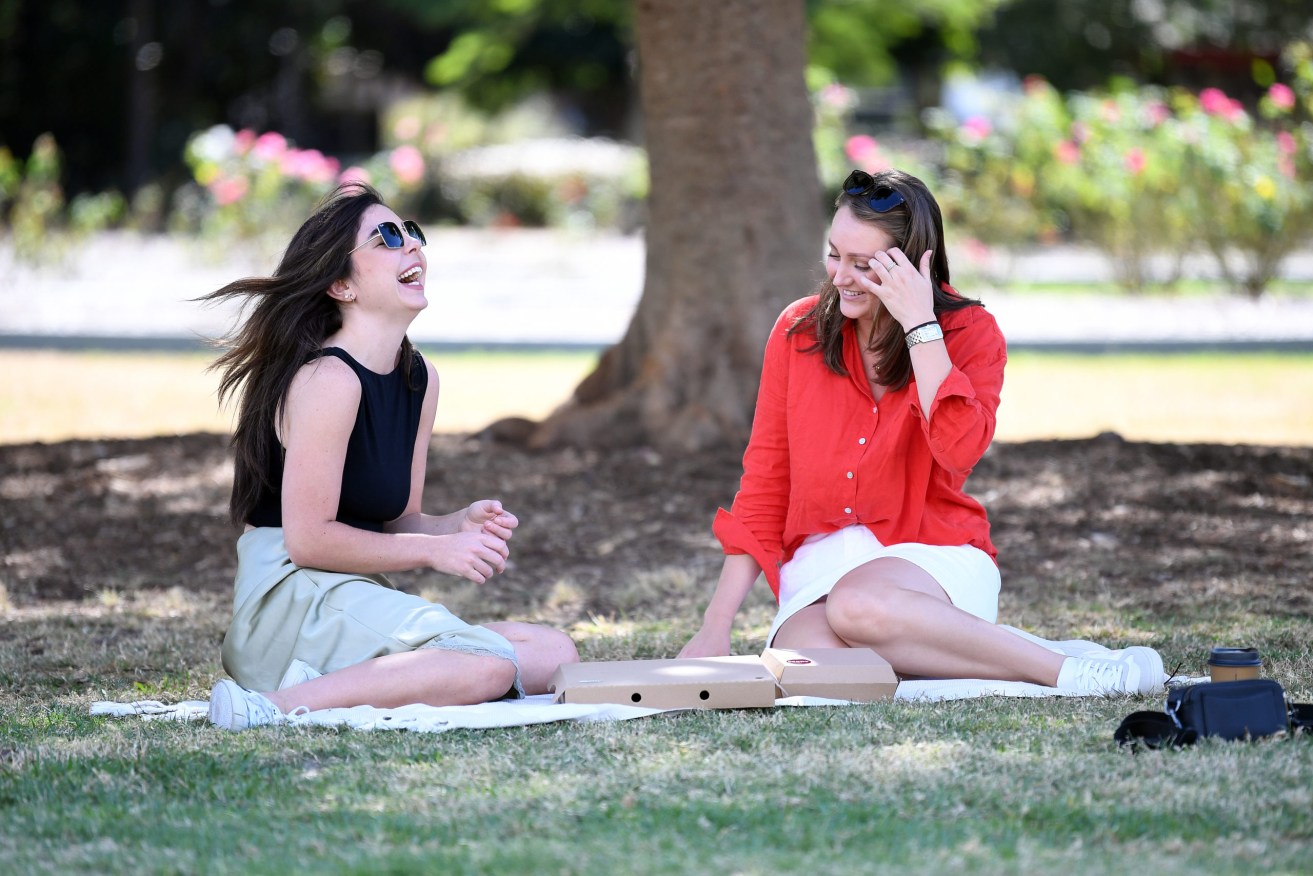
Australia's coronavirus infection rates have grown since some restrictions were eased. (Photo: AAP Image/Dan Peled)
It’s been two weeks since restrictions eased on June 1, so what’s happening to Australia’s COVID-19 curve?
Compared to the low coronavirus infection numbers we have become used to seeing in Australia, this week we’ve seen a big jump.
New cases have been in the double digits for four consecutive days.
But the fact we’re even talking about it is a sign of just how well Australia has handled the pandemic.
It is also one of the reasons the recent rise is noticeable, because the week before had abnormally low levels of infection.
It’s not a spike — not by any stretch — and it is worth remembering that not all cases are as bad as each other.
So where is the country at right now?
Dr Katherine Gibney from the Doherty Institute and Royal Melbourne Hospital said the numbers were an “ongoing trickle”.
“It would be nice to have no cases, or no cases with an unknown source, and unfortunately that hasn’t quite occurred but we have really high testing rates and I think a pretty good pickup rate,” she said.
Of the 61 cases reported since Saturday, 30 of them were acquired overseas.
These types of cases are the least concerning.
The virus only appears to be spreading locally in a few places, and all but one of those types of cases since Saturday were in New South Wales or Victoria.
In fact, in most states and territories, it’s now more appropriate to measure the number of days since the state last had a recorded infection, rather than the number of new cases found.
The most concerning coronavirus infections are those acquired in Australia, particularly when the source of infection cannot be found.
The number of those cases has been very low, but there is one sign that they may be starting to pick up again.
NSW went two weeks without recording a locally acquired infection, but since Friday the state has recorded four of them.
The four cases are two staff of Sydney education facilities and two men in their 20s.
One of those is in the Illawarra, a region that hadn’t recorded any cases in more than four weeks.
The broken streak of local infections came almost a fortnight after major restrictions were eased on June 1.
The NSW Government had allowed more diners in cafes and restaurants, and permitted regional travel within the state.
Could the lifting of rules be allowing the virus to spread again?
“Every time we lift controls there is the possibility that there will be more transmission in the community, that’s why they’re lifting the restrictions quite slowly and methodically,” Gibney said.
“There’s nothing that’s happened that would necessarily cause the people who are making these decisions to panic or change course.”
New Zealand has declared victory in eliminating local transmissions, but that no longer appears to be an option in Australia, according to Gibney.
“If we wanted elimination, we would have had to keep the very strict lockdown measures in place for several weeks longer,” she said.
“Instead we’ve opted for a balance between accepting very low case numbers, but some ongoing cases, with the payoff that kids are back at school and businesses are reopening.”
Victoria still has by far the most local transmission of the virus in Australia.
The biggest cluster began with a doctor, who picked up the virus from a patient but remained asymptomatic.
The doctor unwittingly passed it on to 11 members of their extended family.
But the higher numbers in Victoria are not necessarily a bad thing.
“Victoria has got really very high testing [rates] … that’s part of the reason why we are detecting more cases,” Gibney said.
“They’ve also been quite aggressive in terms of following up anyone who’s got links to clusters.
“It’s better to know about all of these cases than it is to have a less targeted follow-up and have cases that you don’t know about.”
– ABC / Casey Briggs
